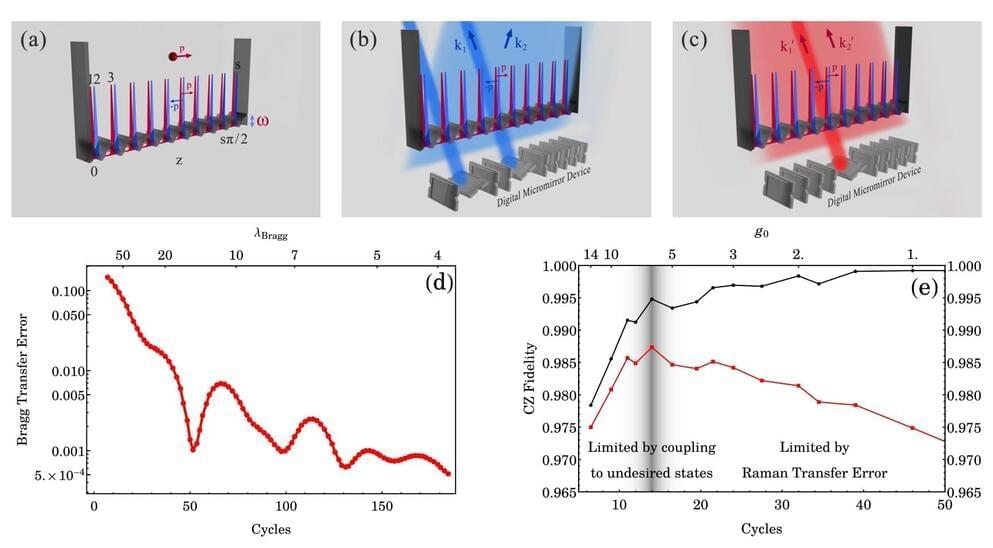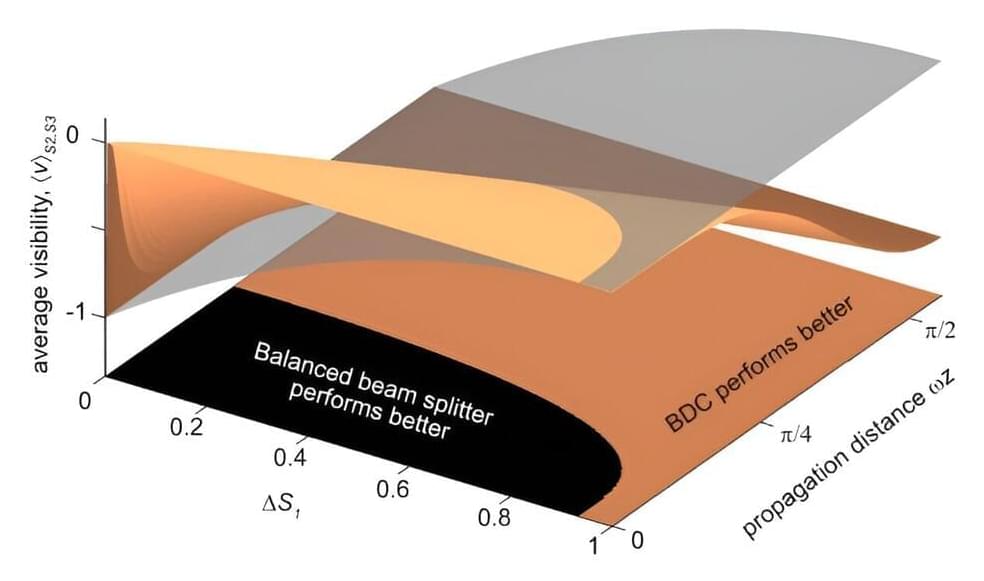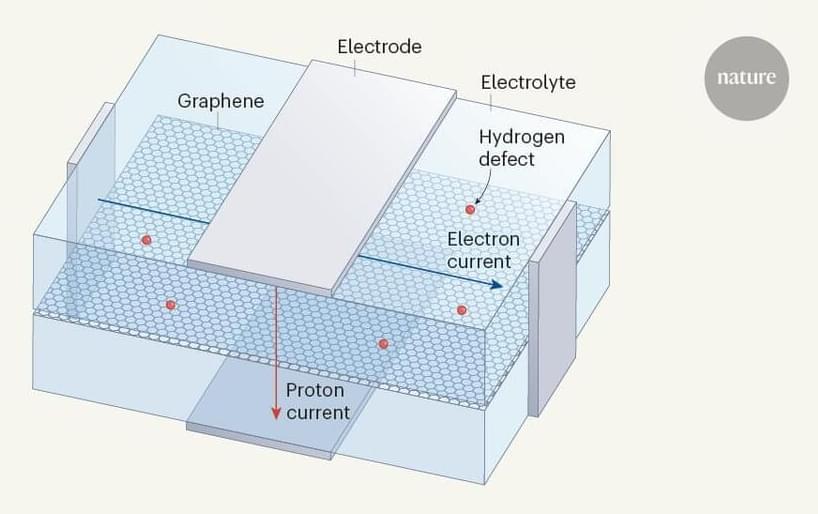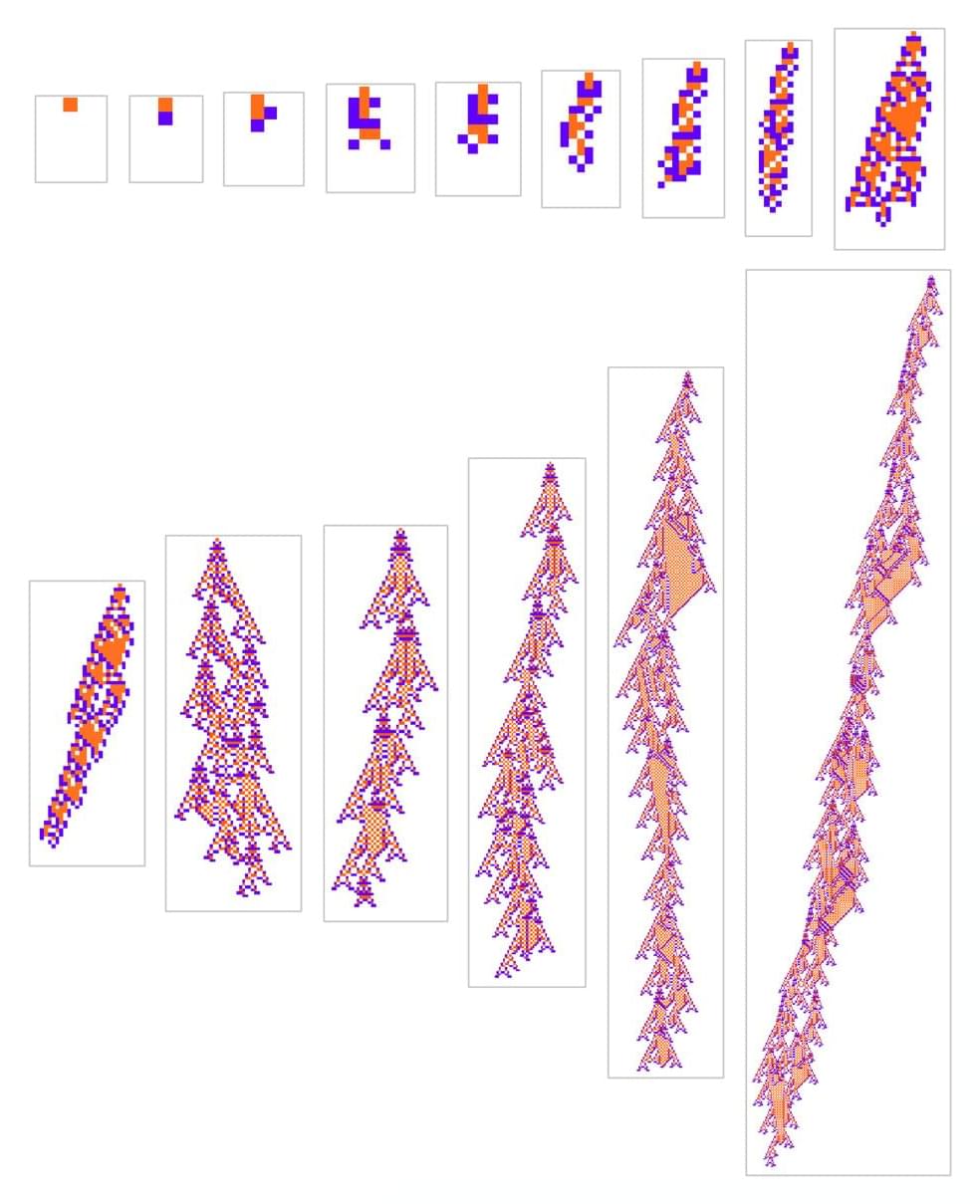Jun 23, 2024
Twisting Light Unlocks New Quantum Realms
Posted by Saúl Morales Rodriguéz in categories: computing, mathematics, particle physics, quantum physics
A research team is studying how light moves through special circuits called optical waveguides, using a concept called topology. They’ve made an important discovery that combines stable light paths with light particle interactions, which could make quantum computers more reliable and lead to new technological advancements.
Scientific innovation often arises as synthesis from seemingly unrelated concepts. For instance, the reciprocity of electricity and magnetism paved the way for Maxwell’s theory of light, which, up until now, is continually being refined and extended with ideas from quantum mechanics.
Similarly, the research group of Professor Alexander Szameit at the Institute of Physics at the University of Rostock explores light evolution in optical waveguide circuits in the presence of topology. This abstract mathematical concept was initially developed to classify solid geometries according to their global properties. Szameit explains: “In topological systems, light only follows the global characteristics of the waveguide system. Local perturbations to the waveguides such as defects, vacancies, and disorder cannot divert its path.”

















